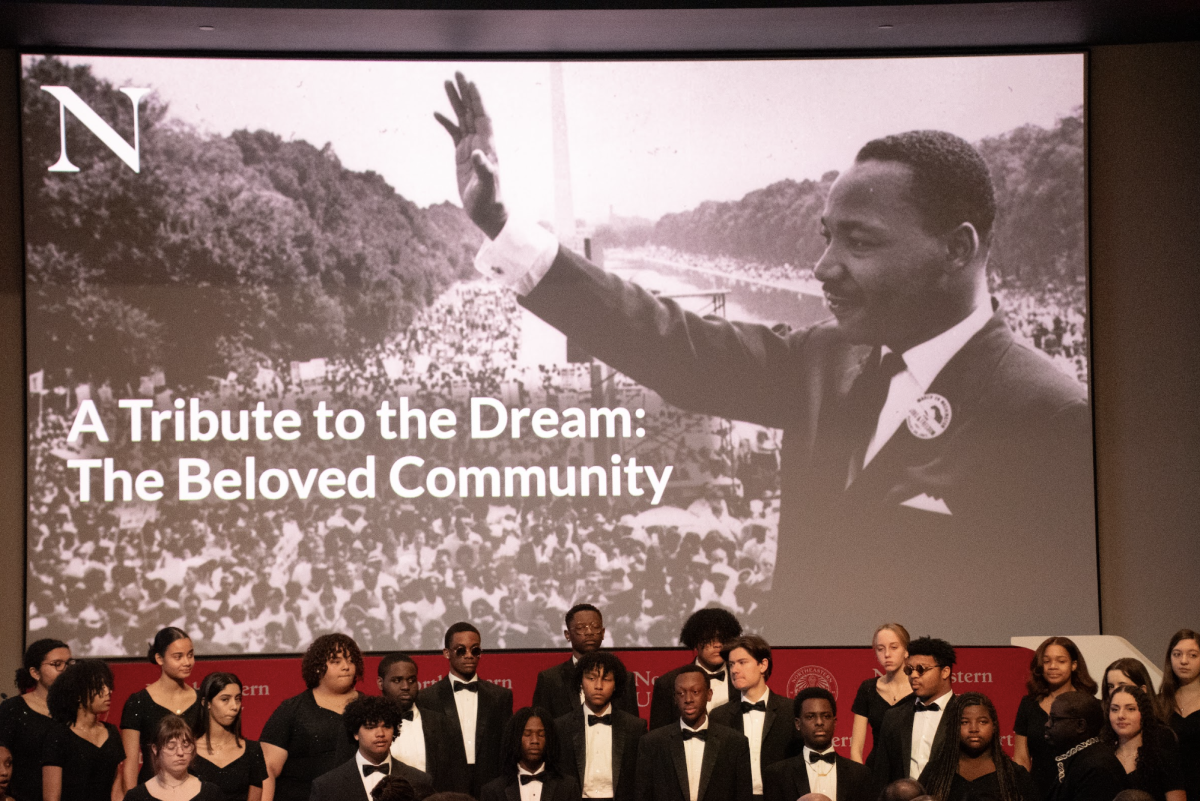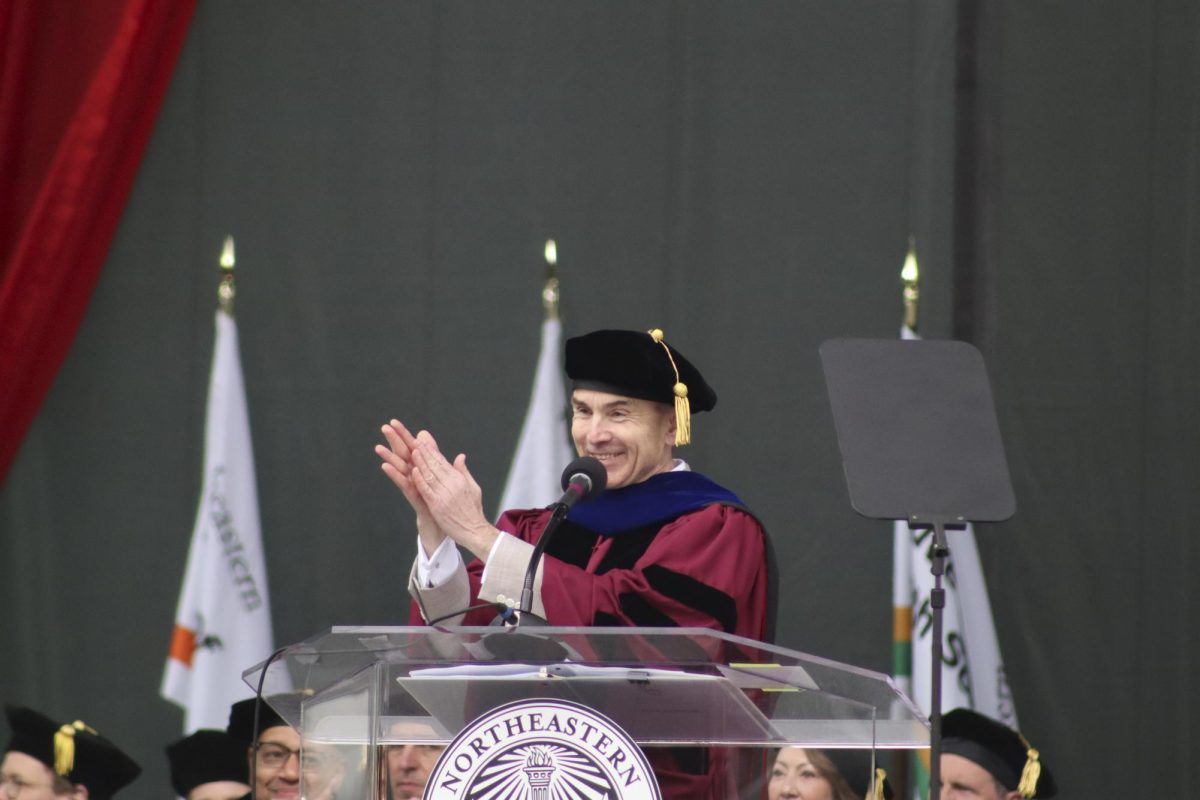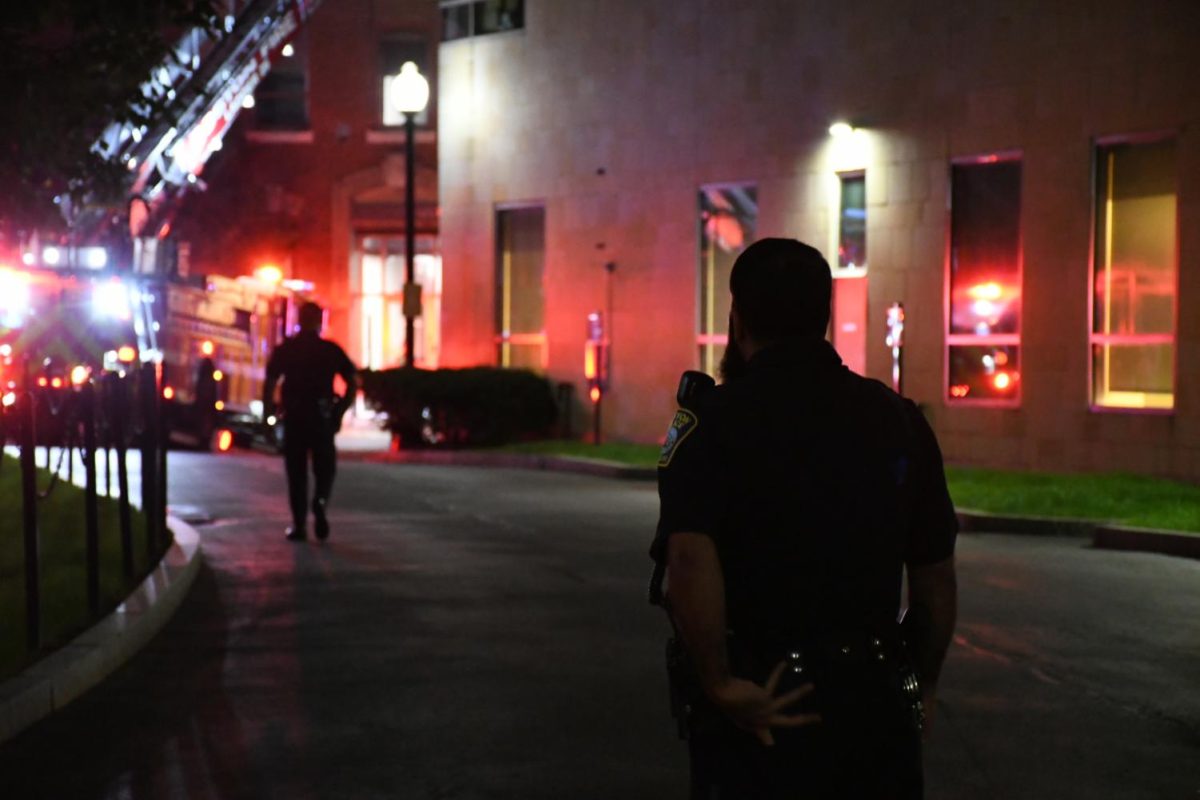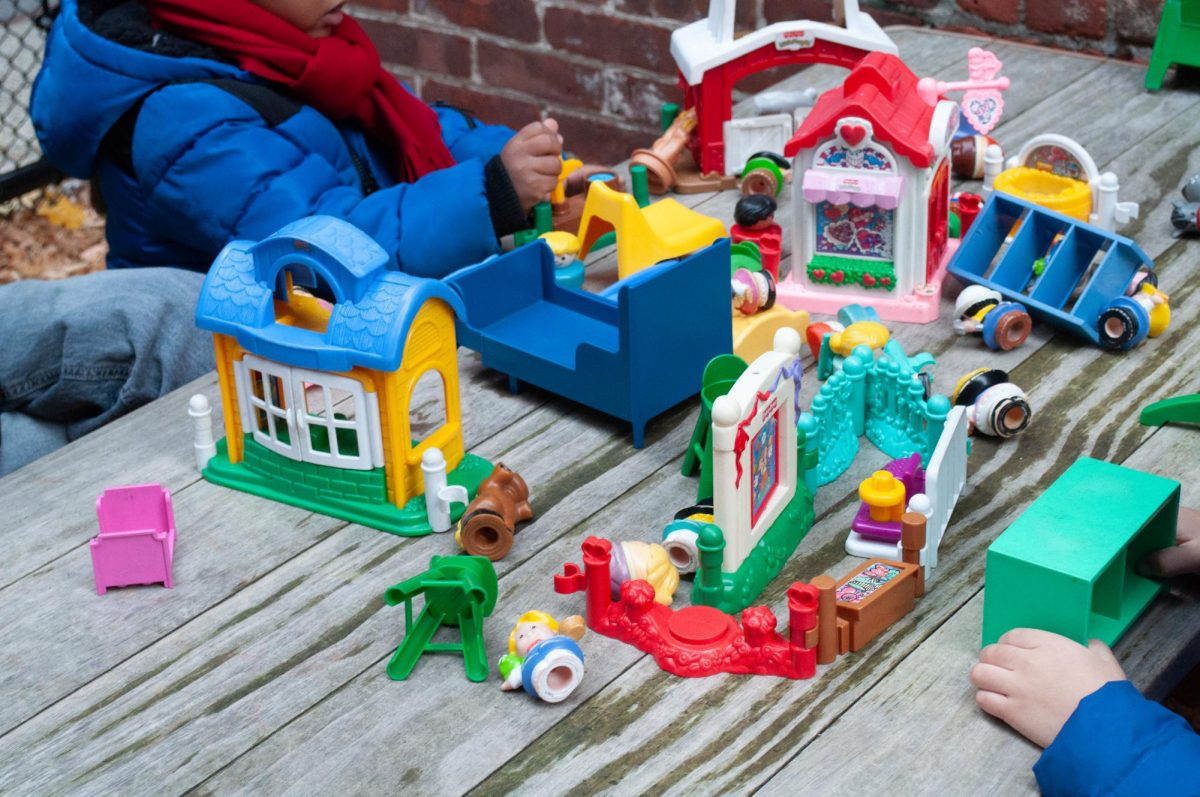By Emily Unsworth
After getting busted for a weekend party, the next step for most students is to visit the Office of Student Conduct and Conflict Resolution (OSCCR).
The department’s name can be found in the majority of crime reports involving students, but the office is not just a place students report to after getting in trouble.
Four years ago, Bill Fischer, director of OSCCR, stepped into his current position and right away began work on a task to improve his new office.
“When I was hired for this position, I was charged with the responsibility for designing and implementing a mediation program to complement the judicial process,” Fischer said. “The program was launched in 2001. The purpose of the program is to provide students with an opportunity to meaningfully resolve their conflicts in a positive manner before they escalate into a more serious incident. It provides students with an opportunity to learn proactive conflict resolution skills for a lifetime.”
The mediation program helps students, especially during freshman year, adjust to new situations such as living in a small space with a stranger.
Through OSCCR, mediation sessions are offered free of charge for students who are having trouble finding resolution either in their residence hall or classroom setting and feel they have exhausted all other possibilities in resolving the conflict. In the two-hour mediation session, problems between the two students are discussed, and with the help of two neutral trained mediators, a roommate agreement is signed in hopes of providing long lasting resolutions.
In addition to the OSCCR staff, mediators include students who have gone through a 20-hour mediation program.
Wendy Kirby Olson, assistant director of OSCCR, said while most of the mediations involve roommate conflicts, several have been personal conflicts, such as friends or classmates in conflict.
“Many conflicts revolve around lack of communication between the two parties. Our mediators are trained to have a ‘bag of tools’ to provide to students in conflict with the means to communicate with one another and resolve their own conflicts,” Olson said.
In order to take part in mediation, students can fill out a form located on the Northeastern Web site, but both students must agree to the mediation for it to happen.
“Students are asked to schedule at least two hours for the mediation. Upon arrival, they will meet two of our mediators. We use a co-mediation model so that we can provide students with the maximum amount of resources,” Olson said. “Med-iators are not there to solve or resolve participants in conflict. Instead, the next two hours are spent helping the participants to identify the key issues in the conflict and then brainstorm ways to resolve those conflicts.”
Olson said from what they have observed from other schools, it takes at least five full years for a mediation program to get off the ground, and with 30 mediations under their belt, Northeastern is already ahead of the game.
“A staff member or mediator from the office will call the parties within two to four weeks after the mediation to see how things are going. We also ask if the agreement is still working with both parties. If it is not, at that time, we will schedule for the parties to come back together to amend the agreement. Otherwise, we ask the parties if there is any future conflict, to contact us so that we can help them again,” Olson said.
Slandah Dieujuste, judicial program coordinator of OSCCR, said there are currently about 10 to 12 peer mediators in addition to the trained staff. She has found having students discuss their problems with their fellow peers makes them feel more comfortable.
Andres Tejada, a senior computer science major, has been peer mediating since he was in junior high school. Tejada, who has been mediating here at Northeastern since the program began, admits even he has experienced his share of roommate disagreements.
“Through my own problems I realized the best way to solve these things is to sit down and talk about them together. About 90 percent of the problems we get are the result of communication problems and misinterpretation,” Tejada said. “Mediation is a great session to have to get all you want to say out on the table.”
Tejada said he began mediating after he realized his love for helping people, and plans to continue mediating in outside communities after he graduates.
“Any student interested can become a peer mediator and go through our interview process. The requirements include at least a 2.5 GPA with a clean disciplinary record and must have a desire to help others,” Dieujuste said. “After the interview process and 20-hour training, they are required to attend the bi-weekly meetings and must sit in at least one mediation as well as be observed by another staff member.”
To get information on becoming a peer mediator, contact OSCCR at 617-373-4390, or stop by the office at 202 Ell Hall.
OSCCR is willing to provide mediation for almost any type of problem or dispute, except cases that involve physical abuse and fights, drugs or sexual assault, Dieujuste said.








